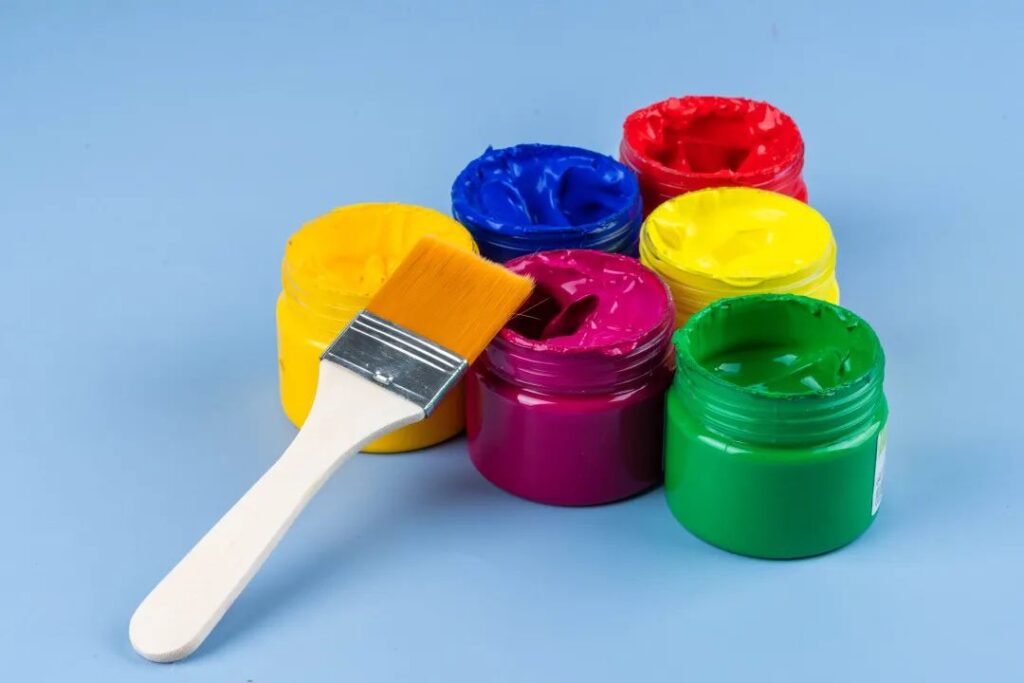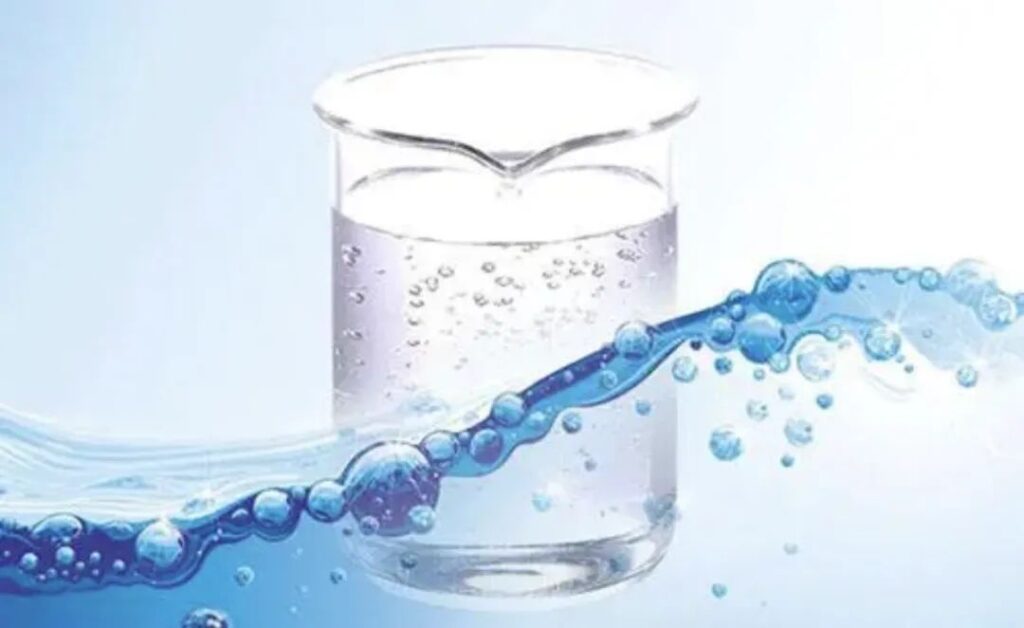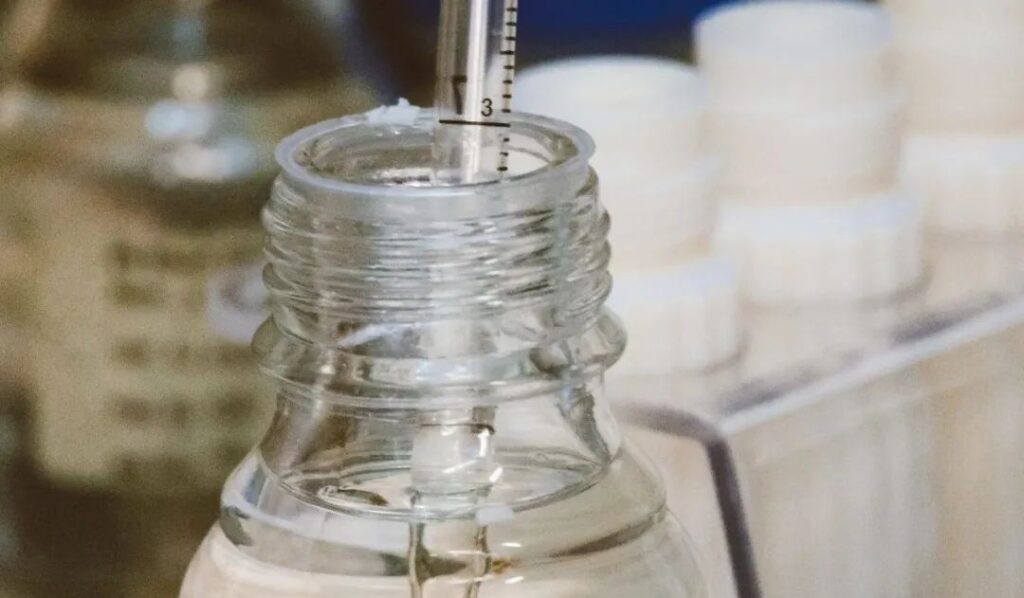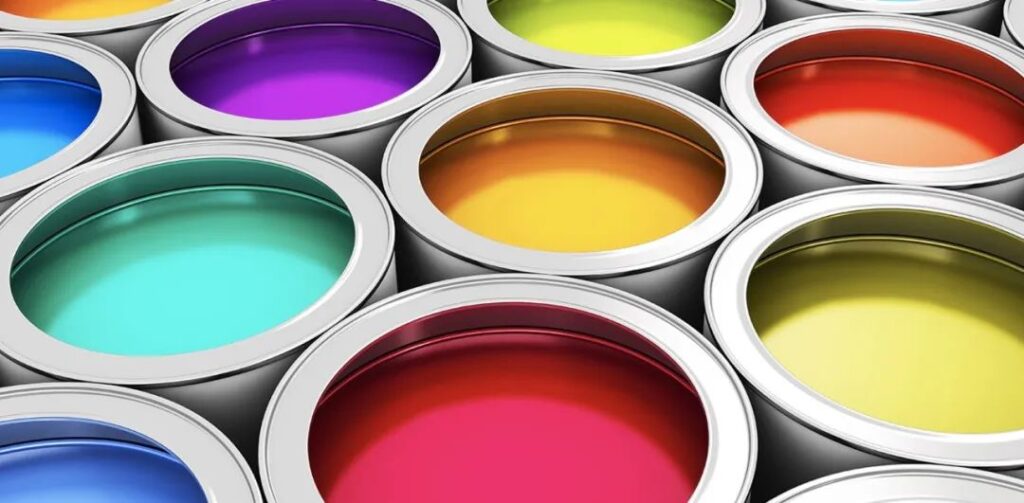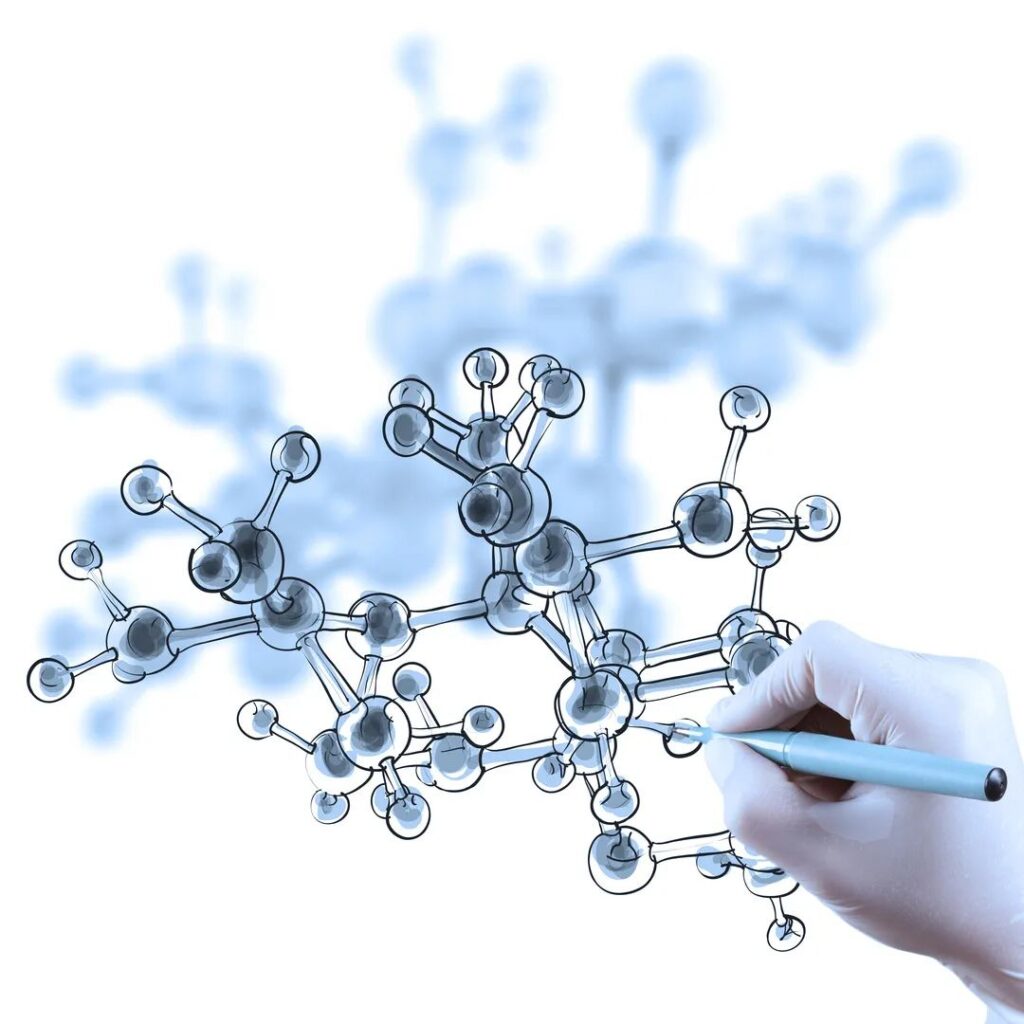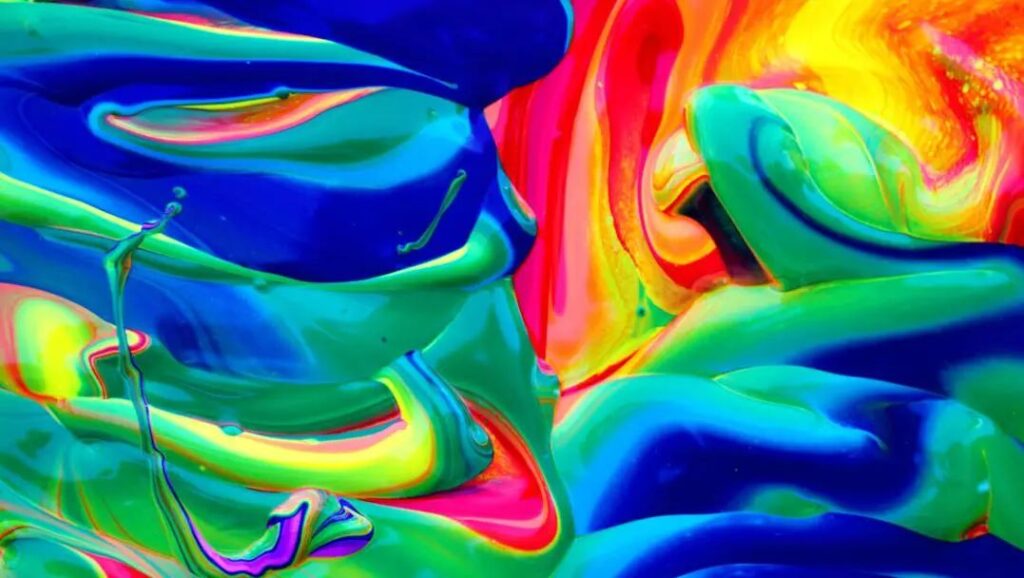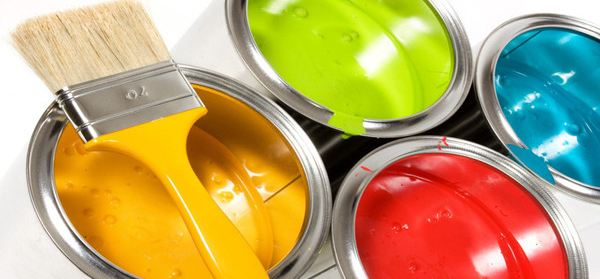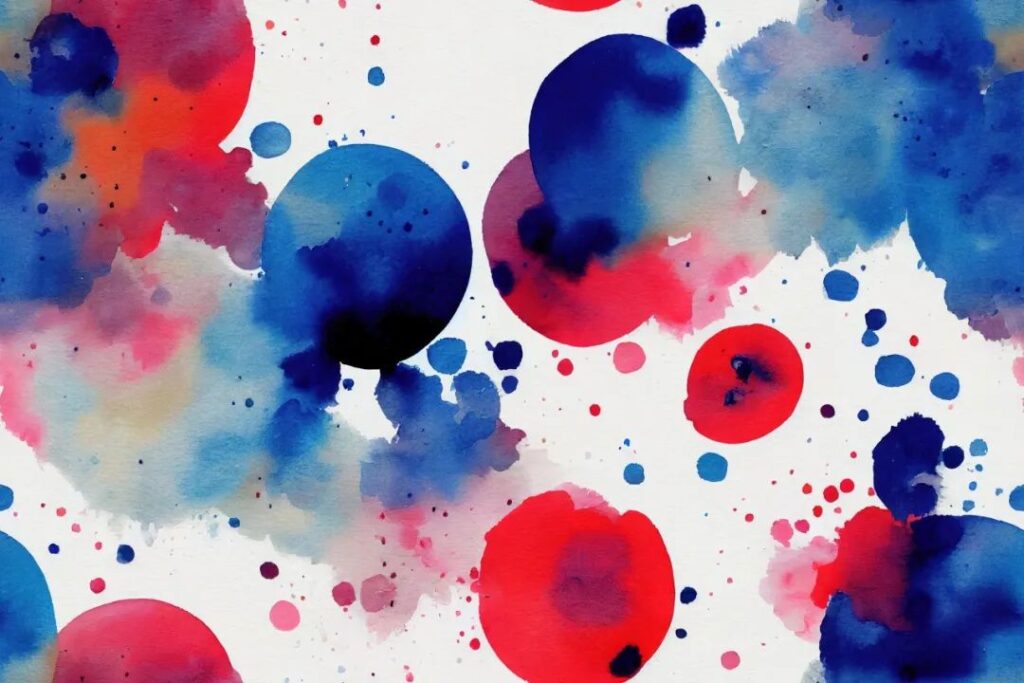Water-based paint is also the first choice product when we decorate our homes, because its material is environmentally friendly and it is also very good for our decoration. But the material composition inside is also very particular, among which dispersant is indispensable. With it, our decoration will be more effective.
Read More
